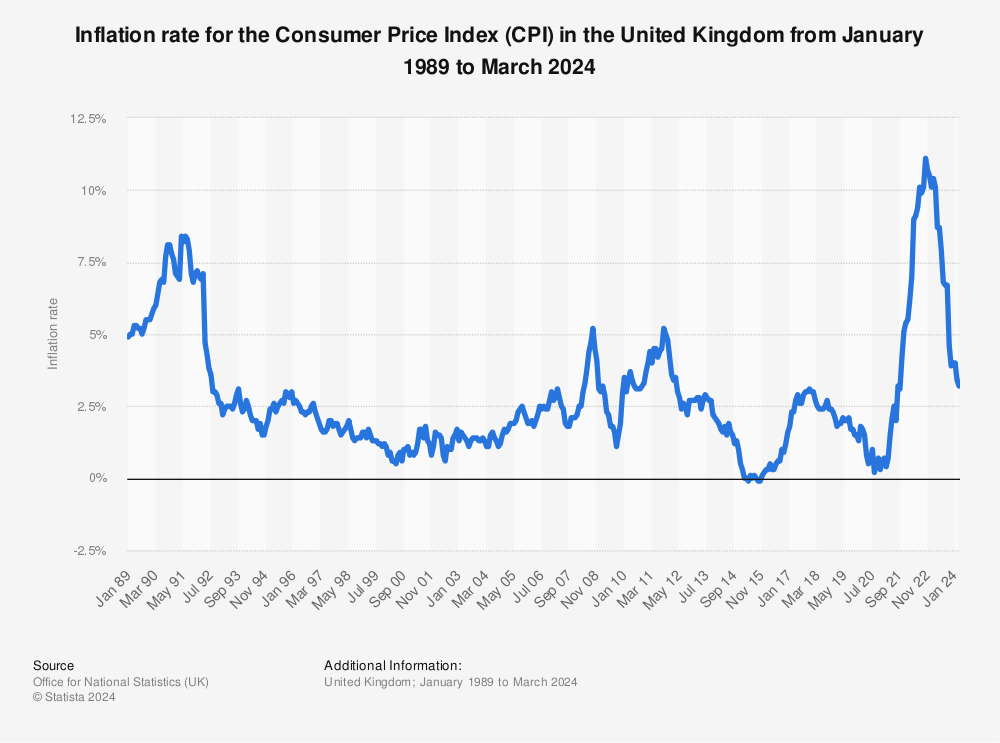Friends, buckle up. The early trade data out of South Korea for May is… frankly, alarming. We’re seeing a $1.74 billion trade deficit for the first ten days of the month alone. This isn’t just a blip; it’s a signal of serious economic headwinds.

Photo source:atlantafigures.org
Imports dropped a significant 15.9% year-on-year, but the real kicker? Exports plunged by a massive 23.8%. That’s a huge drop, and it screams weakening global demand. South Korea is a bellwether for the global economy, heavily reliant on exports, so pay attention.
Let’s break down what’s happening here (Knowledge Point Expansion):
South Korea’s economy is incredibly export-oriented. Its economic health is deeply intertwined with worldwide demand for products like semiconductors, cars, and ships. Any slowdown in these areas impacts its trade balance.
A trade deficit occurs when a country imports more goods and services than it exports. This can pressure the local currency and potentially lead to economic instability. It’s not a pleasant sight.
Persistent import declines often suggest softening domestic demand, and also indicate that businesses are scaling back on investment. This can create a vicious cycle of slower growth.
The drastic export decline readily indicates the global economic climate is still precarious. Slowdown in key markets like China significantly affects Korean exports.
The combination of falling imports and exports signals broader issues in both domestic and international economic landscapes, and requires urgent attention from investors and policymakers.
We need to keep a very close eye on this situation. This isn’t just about Korea; it’s about the health of the global economy and potential knock-on effects for your portfolio. I’ll be diving deeper into the implications in my next post. Stay tuned!






